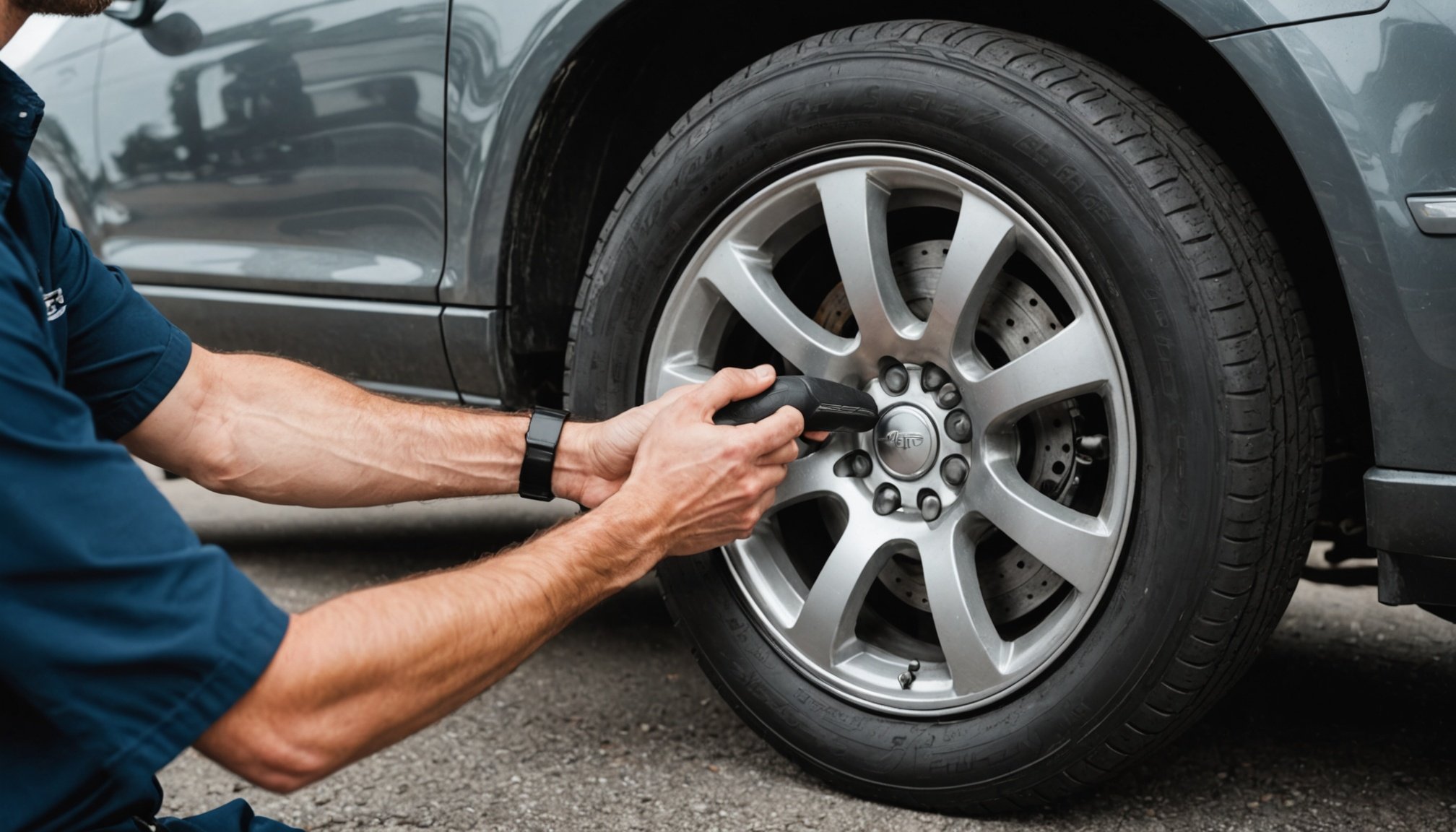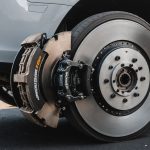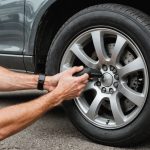Understanding the relationship between tire pressure and your vehicle’s overall performance is crucial for every driver. Many of us might overlook this aspect of vehicle maintenance, focusing instead on oil changes or brake checks. However, tire pressure is a fundamental component that directly influences your driving safety, fuel efficiency, and the longevity of your tires. This article will explore the significant impact that tire pressure has on your vehicle’s safety and handling, while also providing practical tips on maintaining the correct pressure.
The Importance of Proper Tire Pressure
Maintaining the correct tire pressure is essential for numerous reasons, starting with safety. When tires are underinflated, they can lead to increased tire wear and reduce the vehicle’s overall stability. An underinflated tire will flex more than it should, causing excessive heat buildup, which may ultimately lead to a blowout. The tread of your tires is also affected by pressure levels. Low pressure causes uneven wear, reducing the effectiveness of the grip on the road, especially during braking. Thus, not only does incorrect pressure impact your vehicle’s ability to respond to steering, but it also compromises your overall safety on the road.
Also to see : What is the importance of keeping my vehicle’s brakes in good condition?
In addition, the handling characteristics of a vehicle are significantly influenced by tire pressure. Properly inflated tires provide better contact with the road surface, enhancing traction and control. For drivers, this translates to a more responsive and predictable driving experience, particularly in adverse weather conditions. Conversely, overinflated tires can create a hard ride, causing the vehicle to bounce on the road surface, which may lead to loss of control.
Moreover, there are economic benefits to maintaining the recommended tire pressure. Fuel efficiency is directly related to tire pressure. Underinflated tires create more rolling resistance, which requires more energy from the vehicle to maintain speed, leading to increased fuel consumption. By ensuring your tires are inflated to the manufacturer’s recommended psi, you can enjoy better fuel economy, effectively saving money over time.
Also to read : How can I utilize online resources to stay updated on vehicle safety recalls?
How to Check Your Tire Pressure
Checking tire pressure is a straightforward process that every driver should incorporate into their routine vehicle maintenance. To begin, you will need a reliable tire pressure gauge, which can be purchased at any automotive store or online. It’s important to check your tires when they are cold, as driving generates heat and can cause the pressure to rise temporarily.
First, locate the recommended pressure for your tires. This information is usually found on a sticker located on the driver’s side door frame or in the vehicle’s manual. Once you have this information, proceed to each tire and remove the valve cap. Press the gauge onto the valve stem firmly to get a reading. If the psi is lower than the recommended level, you will need to inflate the tires.
Inflating tires can be done at home if you have an air compressor, or you can visit a gas station equipped with an air pump. Remember to check the pressure again after inflating to ensure it meets the recommended level. If you find that your tires are consistently low, it may be an indication of a slow leak, which should be inspected by a professional.
Regularly checking tire pressure is a simple yet effective way to maintain your vehicle’s safety and performance. It is advisable to conduct this check at least once a month and before long trips. Keeping your tires properly inflated not only enhances your safety but also prolongs the life of the tires and improves fuel efficiency.
Consequences of Low Tire Pressure
Driving on underinflated tires can have severe consequences. Firstly, low pressure significantly increases the risk of a tire blowout. A blowout can happen suddenly, often leading to loss of control over the vehicle. This is particularly dangerous on highways or busy roads where high speeds are involved. Furthermore, underinflated tires increase the braking distance, making it harder to stop quickly when necessary. This can be critical in emergency situations where every second counts.
Additionally, low pressure not only affects safety but also the comfort and efficiency of your ride. When tires are underinflated, they cannot absorb the shocks and bumps from the road effectively, leading to a harsh ride. Passengers may find the journey uncomfortable, and the vehicle’s suspension system will experience unnecessary strain, which could lead to more frequent repairs.
Moreover, operating with low tire pressure can lead to increased tire wear. The outer edges of the tread may wear down more quickly than the center, reducing the lifespan of your tires. This uneven wear can necessitate premature replacement, costing you more in the long run. In addition, as the tread wears unevenly, the vehicle’s handling will decline, making it harder to steer and increasing the likelihood of accidents.
Lastly, running on low pressure can adversely affect fuel economy. As mentioned earlier, underinflated tires create more rolling resistance, which means that your vehicle uses more fuel to maintain speed. Over time, this can lead to a noticeable increase in fuel costs, which could have been avoided by simply maintaining the correct tire pressure.
The Role of Tire Pressure in Vehicle Handling
The handling of your vehicle is intricately linked to the correct tire pressure. When tires are inflated to the recommended psi, they maintain a proper contact patch with the road surface. This ensures that the vehicle responds accurately to steering inputs. Proper tire pressure allows for optimal grip during turns, enhancing your ability to navigate curves and maintain control in various driving conditions.
Conversely, both underinflated and overinflated tires can make your vehicle difficult to handle. Underinflated tires tend to flex excessively, leading to a sluggish response from the steering. This can make the vehicle feel unstable, particularly when cornering or during abrupt maneuvers. Furthermore, overinflated tires can lose contact with the road over bumps, leading to a bouncy ride that may result in decreased control.
Additionally, tire pressure affects the lateral stability of your vehicle. In high-speed driving or during emergency scenarios, having the correct pressure can make all the difference in how effectively your vehicle handles. Adequate tire pressure promotes even tread wear, which is essential for maintaining consistent performance across all four tires.
As drivers, it’s essential for you to recognize how critical tire pressure is to your vehicle’s handling. Ensuring that your tires are always inflated to the recommended levels will not only enhance your driving experience but will also contribute to your overall safety on the road. Remember, a well-handled vehicle is a safe vehicle.
In conclusion, maintaining the right tire pressure is vital for the safety, performance, and cost-effectiveness of your vehicle. From preventing accidents to improving fuel efficiency, the benefits of proper pressure are clear. By regularly checking your tires and ensuring they are inflated to the manufacturer’s specifications, you can significantly enhance your driving experience. Remember, the tread and pressure of your tires are your first points of contact with the road, and taking care of them is taking care of yourself and your passengers. So, make it a habit to check your tire pressure and drive safely.











